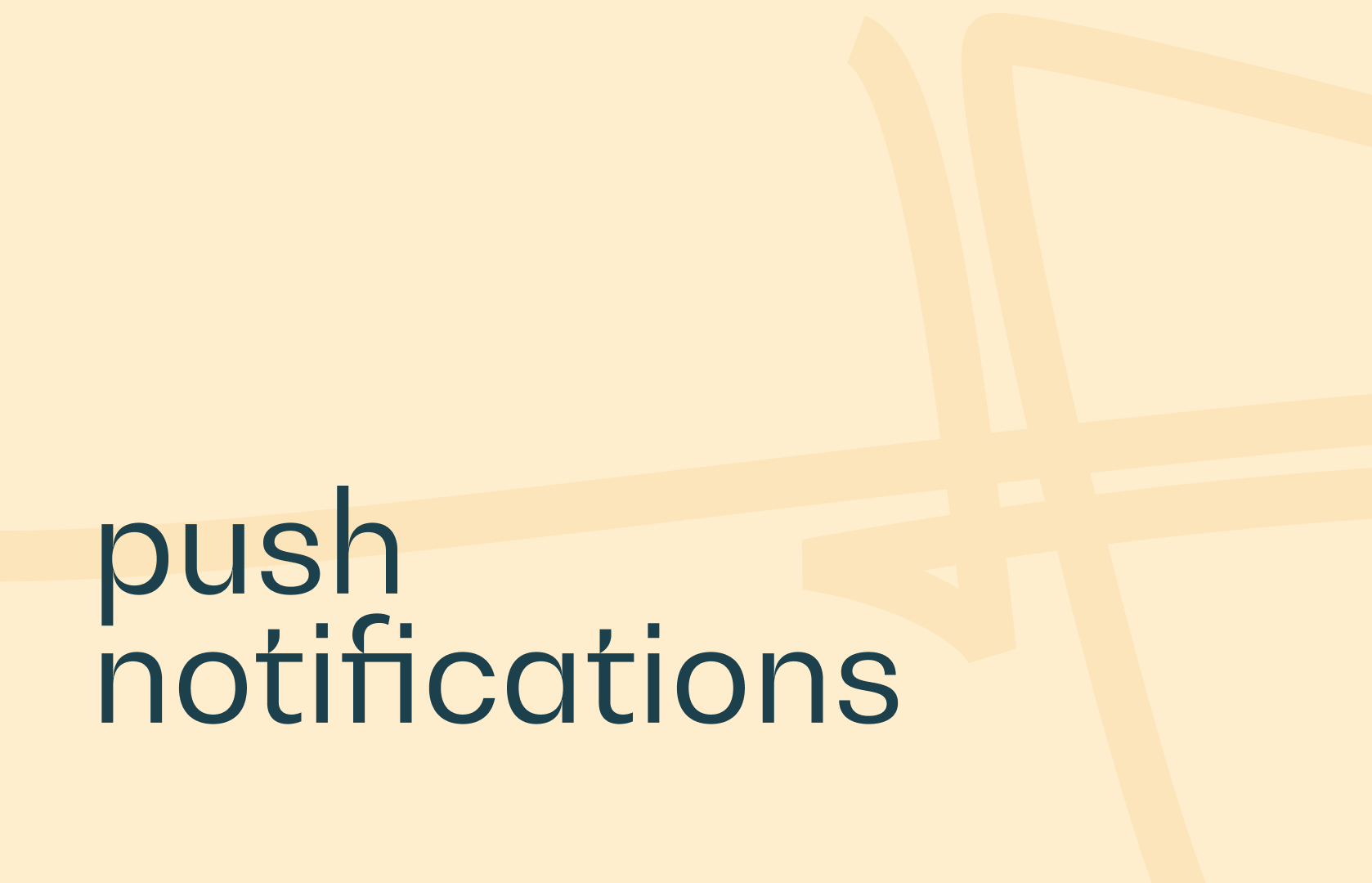A successful start to the academic year isn’t just about polished schedules and classrooms ready for use. It’s first and foremost about clear, reassuring, and effective communication that guides every student—new or returning—through this intense transition period. Too often, back-to-school communication is reduced to a flood of last-minute emails: disorganized, stressful, and overwhelming for both students and administrative teams.
To avoid this pitfall, a structured and proactive communication plan is essential. It turns potential chaos into a smooth and professional welcome experience. This article gives you a practical calendar with key messages to share at every step, while highlighting the importance of choosing the right communication channel for each type of information.

Laying the foundation for your communication strategy
Before drafting any messages, three initial steps are essential to ensure your communication plan is effective:
- Define clear objectives: What are you aiming for? Reducing repetitive questions to the front office by 30%? Ensuring 80% attendance at the welcome event? Improving the onboarding satisfaction score?
- Segment your audience: Communication should be adapted depending on the student—first-year newcomers, international students discovering a new country, or master’s students already familiar with the campus.
- Choose the right channels strategically: Use the campus app as the primary channel for daily, real-time, community-based communication. Reserve email for formal notices or sharing official documents.
Communication timeline: from D‑30 to day one (anticipation phase)
Good communication begins long before the first day. The countdown starts around 30 days before the official return:
- D‑30: “Save the date” — Send a warm introductory message outlining key upcoming dates. This is the perfect opportunity to invite all students to download the campus app, presenting it as the official channel for all 2025 back-to-school information.
- D‑15: admin finalization — Send targeted reminders for missing registration documents. It’s the ideal time to use electronic signatures to finalize contracts and policies, ensuring everything is in order before day one.
- D‑7: logistics and prep — Distribute a full digital welcome pack via the app: first-week schedule, interactive campus map, IT setup guide, and key contact list.
- D‑1: official welcome message — Push a notification with a warm welcome from the director, a reminder of where and when to meet on day one, and a link to the full program. It sets a positive tone for what’s to come.
First-week communication (reception phase)
The first day and the week that follows are critical for integration. Your communication must be dynamic and responsive:
- Day one — Use the app for real-time updates. Notifications like “Welcome! The welcome coffee is happening now in the main hall” or reminders for orientation meetings help guide students throughout this packed day. Launch a fun icebreaker poll to kick-start interactions.
- Days two to five — The goal is to boost integration. Send daily digests highlighting key events, spotlight student association booths, and share the week’s first photos in a gallery within the app to build a warm, inclusive atmosphere.
Post–back-to-school communication (D+6 to D+30) – routine and engagement phase
Once the first week’s excitement settles, your communication should help establish good habits:
- Week two — Send reminders about early academic deadlines and introduce student success services (library, health services, academic advising). Use audience segmentation for relevant, personalized messages by program or level.
- Week three — The ideal time for feedback. Launch a short online satisfaction survey to gather insights on the onboarding experience and improve next year’s process.
- Week four — Show that campus life is thriving. Use the app’s newsfeed and calendar to continuously promote student club events, cultural programs, and sports activities to keep engagement high.

The campus app as the conductor of your communication strategy
Executing a communication plan this detailed would be difficult with scattered tools. This is where appscho by Edusign becomes your conductor. It ensures centralization, avoiding inbox overload. It enables precise targeting through dedicated communication groups. It provides immediacy with push notifications for urgent updates. Most importantly, it encourages two-way interaction—not just top-down announcements—with polls, forums, and event sign-ups.

Conclusion: controlled communication for a smooth back-to-school season
A structured communication plan is not a burden—it’s a powerful tool that brings clarity to students and peace of mind to staff. It turns a potentially stressful season into a positive, professional, and memorable welcome experience. The key to success lies in anticipating key messages at every stage and choosing a central, student-friendly communication platform. Choosing a dedicated campus app isn’t a minor detail—it’s a strategic move that lets you take full control of your back-to-school communication.





